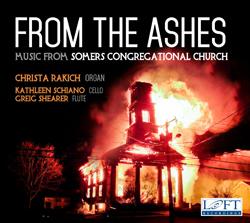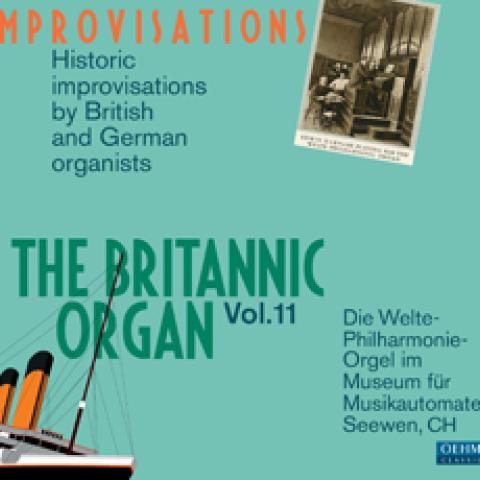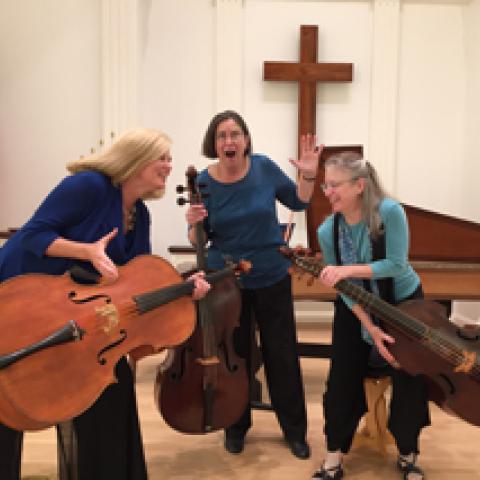
Naxos of America announces new releases. From the Ashes: Music from Somers Congregational Church features Christa Rakich, organist and artist-in-residence at the Congregational Church of Somers, Kathleen Schiano, cellist, and Greig Shearer, flute. On January 1, 2012, the Somers Congregational Church burned to the ground as a result of arson. In 2014, the church was rebuilt and dedicated, with a new Richards-Fowkes organ placed in the sanctuary.
Bottle Post Secrets presents seventeen-year-old organist Sebastian Heindl, a former member of the Leipzig Thomanerchor, playing his new transcription of Paul Dukas’s ballet La Péri, in honor of Dukas’s 150th birthday anniversary. Heindl displays the ways in which Dukas students Jehan Alain, Oliver Messiaen, and Maurice Duruflé interpreted and developed their master’s understanding of music.
For information: www.naxosusa.com.





